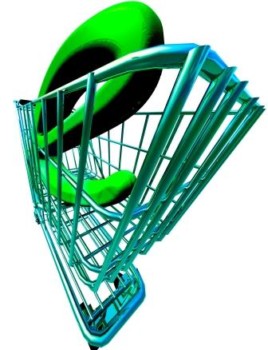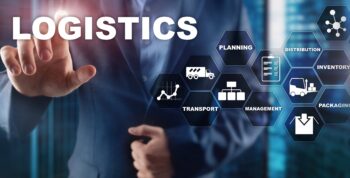When the UK adopted the Black Friday concept from the US more than a decade ago the goal was to increase retail sales over the Thanksgiving weekend period. It still is, but the emphasis has shifted to online, away from the high street. By the end of 2018, e-commerce sales in the UK are expected to reach a share of 18 per cent of all retail sales. Consumers are increasingly enticed to do their Christmas shopping early. Thanks to the likes of Amazon and some e-commerce savvy retailers, such as John Lewis, Tesco and Argos, there is a surge in internet shopping, especially during the November/December sales period.
Top UK Ecommerce Websites:
Amazon UK
Argos
Play.com
Apple
Tesco
Marks and Spencer
John Lewis
Amazon UK best deals – are they really value for money?
It can be difficult to gauge whether Amazon Black Friday, Cyber Monday or Prime Day bargains are actually worth your time and money. Amazon, the online giant, is projected to sell 86 items every single second in the UK on Black Friday and a delivery lorry will leave its warehouses every 1 minute 33 seconds. Which? Magazine has warned that some goods could be bought more cheaply outside the promotion periods. “Although these time-limited sales events can offer great discounts, not all offers will be as good as they seem,” said Adam French, Which? consumer rights editor. “It can be easy to get swept along by the hype and excitement on the day, so we recommend preparing in advance and researching what you want to buy, to make sure you can tell the difference between a good deal and a dud”.
The customer is king
Demanding and techno-savvy customers are effectively re-shaping supply chains in the e-commerce world. Customers expect to receive their order within a day or two whether it’s food, fashion or new bed linen. They can choose not only what to buy, but who to buy it from.
Impact on the supply chain
E-commerce is becoming so competitive that companies with inefficient supply chains can expect to lose business partly due to the pressure on logistics networks. The retail industries seem to have learned valuable lessons from the delivery chaos of previous years.
To attempt to fulfil customer expectations there is some evidence of:
• improved forecasting methods
• better inventory management
• the use of additional contracted carriers in peak periods
• more efficient methods of communication with customers
• intelligent picking and packing systems.
Retailer vs e-tailer
Companies new to the Business-to-Consumer trade (also called e-tailers or B2C) face the risk of stumbling over their lack of supply chain capability, even if they already have an efficient supply chain infrastructure in place that provides fulfilment services to retail stores. Retailers may have a poor understanding of the dynamics involved in distributing goods direct to the customer. B2C activities are more complex; product lifecycles are shorter, order sizes are smaller requiring different packaging and there are many more deliveries.
Communication
The challenge is to implement a fail-safe two-way web-based online communication system with customers. According to a recent Forrester Research Inc. report, consumers own an average of 4.5 digital devices. Whether a customer is shopping on their laptop or mobile device, their customer experience should remain the same regardless of what device they’re using. E-retailers that don’t train their customer service teams or equip them fully risk causing frustration leading to a loss of sales.
Forecasting and inventory levels
High-value electronic items such as TVs and tablets are tricky to forecast; new and more expensive models are launched every week and consumers are very choosy. Buffer stock must be kept as low as possible to keep costs down but problems arise when the supplier or distributor cannot supply. An increased number of stock-keeping units (SKUs) is inevitable. Fast fashion, an area where e-commerce seems to be achieving its biggest growth around the world, comes with its own inventory problems – today’s best seller is tomorrow’s special offer.
Transport and logistics
Lack of experience in e-commerce and the cost of technology tools are causing many companies to consider outsourcing their fulfilment to specialist third-party service providers (3PLs) with the right equipment, systems and expertise. An added problem is the returns: not only do customers want their order on time but they also want the facility to try it out or try it on. This creates difficulties for the logistics of managing returns. Companies are now increasingly using 3PLs that specialise in reverse logistics. According to the Forrester report “retailers [that] master logistics will command a market advantage through faster, more reliable customer delivery experiences”.
Picking and packing
The picking processes for e-commerce are very different and do not easily fit into a system designed to deliver to brick-and-mortar retail stores. Separate warehouse locations must be designed for B2C. The increased volume of single-item orders and small packages is raising operational costs by pushing companies to introduce new software tools and hiring more labour to manage demand.
Moving from retailer to e-tailer
Transitioning from off-line to online requires planning. This includes defining the tools, the resources needed and selecting the best online platform. The chosen logistics providers should be able to integrate their systems seamlessly into yours. Effective management of an e-commerce business requires constant focus and attention to detail.


















